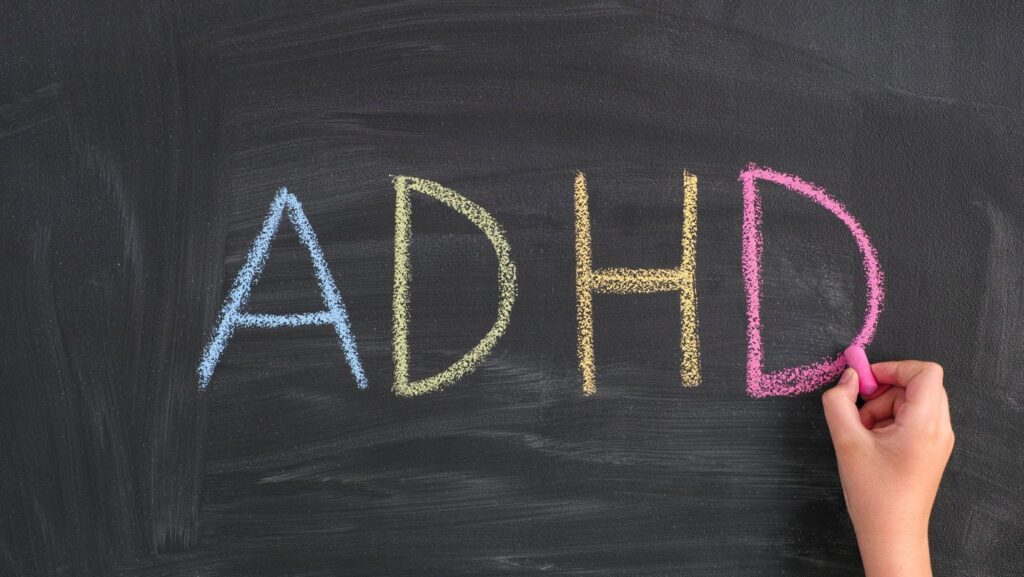Large assignments can be daunting for ADHD learners, often leading to procrastination and overwhelm. Breaking these tasks into smaller, manageable pieces is a crucial skill for academic success. ADHD students can effectively tackle big projects by creating detailed outlines, using visual aids like mind maps, and setting specific mini-deadlines for each subtask.
Visual organization tools play a key role in this process. Mind maps and flowcharts help ADHD learners see the big picture while focusing on individual components. Starting with the main goal at the center, students can branch out into major steps and further break those down into actionable items. This approach provides a clear roadmap for completing complex assignments.
Time management techniques also support task breakdown. The Pomodoro Technique, for instance, encourages short, focused work sessions followed by brief breaks. This structured approach can make even the most challenging ADHD study tips more attainable, allowing students to progress steadily through their workload without feeling overwhelmed.
Note: This content is for educational purposes only and does not replace professional advice. For specific ADHD concerns, please seek guidance from a qualified specialist.
Key Takeaways
Break large assignments into small, specific tasks using visual aids like mind maps
Set mini-deadlines for subtasks to maintain progress and momentum
Utilize time management techniques to work through manageable chunks systematically
Strategies for Task Breakdown
Breaking down large assignments into manageable tasks is essential for ADHD learners to improve focus, organization, and academic performance. Effective strategies combine planning techniques, productivity methods, and tools to enhance executive functioning.
Understanding ADHD and Task Management
ADHD affects executive functions, including task initiation, organization, and time management. Learners with ADHD often struggle with starting and completing assignments due to difficulties in cognitive flexibility and working memory. To overcome these challenges, it’s crucial to develop strategies that address these specific executive function deficits.
Visual aids like color-coded planners and checklists can help compensate for working memory issues. Breaking tasks into smaller, concrete steps improves task initiation and reduces overwhelm. Consistent routines and structured schedules support organization and time management skills.
Implementing Effective Planning Techniques
Goal setting is a key component of successful task breakdown. Start by clearly defining the end goal of the assignment. Then, identify milestones or intermediate objectives that lead to the final goal. Create a visual representation of these milestones using a flowchart or mind map.
Next, break each milestone into smaller, actionable tasks. Use a project management tool or planner to list these tasks and assign deadlines. Consider using the following format:
Milestone 1
Task A (Deadline)
Task B (Deadline)
Milestone 2
Task C (Deadline)
Task D (Deadline)
This approach provides a clear roadmap for completing the assignment and helps maintain focus on individual tasks.
Enhancing Focus and Productivity
To improve task initiation and maintain focus, implement time management techniques like the Pomodoro Technique. This method involves working in focused 25-minute intervals followed by short breaks. Use a timer to track these intervals and stay on task.

Create a distraction-free environment by minimizing visual and auditory interruptions. Use noise-canceling headphones or white noise to block out distractions. Incorporate mindfulness practices to improve concentration and cognitive flexibility.
Utilize tools such as browser extensions that block distracting websites during work periods. Set up a dedicated workspace with all necessary materials readily available to reduce task-switching and improve productivity.
Supporting Tools and Environmental Adjustments
Creating an ADHD-friendly environment and utilizing effective tools can significantly enhance task management for individuals with ADHD. These strategies help reduce overwhelm, boost motivation, and improve focus.
Creating an ADHD-Friendly Workspace
A distraction-free environment is crucial for ADHD learners. Designate a quiet study area away from high-traffic zones. Use noise-canceling headphones to minimize auditory distractions. Implement visual cues such as color-coded folders or sticky notes to organize materials.
Ensure proper lighting to reduce eye strain and maintain alertness. Consider using a standing desk or balance ball chair to accommodate the need for physical movement. Keep the workspace clutter-free to minimize visual distractions and promote focus.
Incorporate elements of flexibility, such as movable furniture or fidget tools, to accommodate varying attention spans and energy levels.
Leveraging Digital and Physical Tools
Task management apps like Trello, Asana, or Todoist can help break down large assignments into smaller, actionable tasks. These tools allow for easy prioritization and tracking of progress.
Set up reminders and alarms on smartphones or smartwatches to prompt task initiation and transitions. Use timers to implement the Pomodoro Technique, alternating focused work periods with short breaks.

Visual aids such as mind maps or flowcharts can help organize thoughts and project steps. Utilize physical planners or whiteboards for those who prefer tangible tools.
Experiment with text-to-speech software for reading assignments or voice-to-text apps for note-taking to accommodate different learning styles.
Incorporating Support Systems
Establish a network of support to enhance accountability and motivation. Implement body doubling, where a study partner or family member works alongside the ADHD learner, providing passive support and reducing procrastination.
Engage educators or supervisors to discuss accommodations such as extended deadlines or alternative assignment formats. Regular check-ins with mentors or coaches can help review progress and adjust strategies as needed.
Consider joining ADHD support groups or online communities to share experiences and coping strategies. These connections can provide valuable insights and emotional support.
Encourage self-compassion and celebrate small victories to maintain motivation. Recognize that setbacks are part of the process and use them as learning opportunities for refining personal strategies.
Conclusion
Breaking large assignments into manageable tasks is crucial for ADHD learners. This approach reduces overwhelm, improves focus, and increases productivity. By utilizing strategies like mind mapping, time-blocking, and progressive task breakdown, students can tackle complex projects more effectively.
With consistent practice, these techniques become habits that support academic success. ADHD learners who master task breakdown develop valuable skills that extend beyond the classroom, enhancing their ability to manage responsibilities in various aspects of life.
